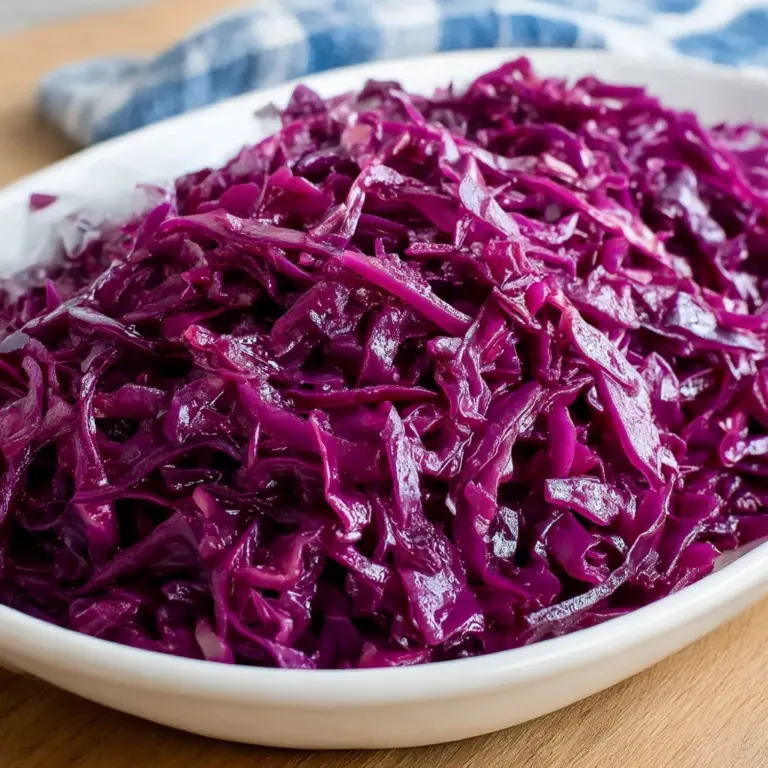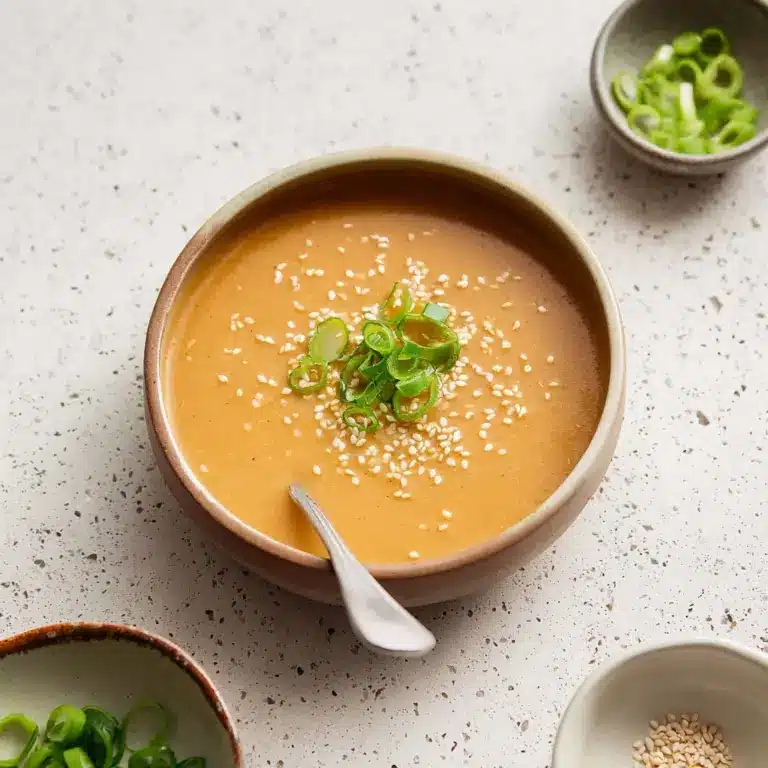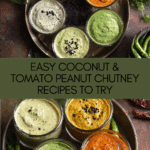How to make chutney Recipe
If you’ve ever wondered how to make chutney that bursts with fresh, vibrant flavors and complements every meal beautifully, you’re in the right place. This delightful guide breaks down the process of creating multiple varieties of chutney—from tangy tamarind blends to rich peanut and tomato mixtures—showcasing how simple, wholesome ingredients can transform into a versatile condiment that elevates any dish you serve. Get ready to dive into the heart of Indian-inspired flavors and learn exactly how to make chutney that will soon become a staple in your kitchen.

Ingredients You’ll Need
Chutneys are wonderfully simple, relying on a handful of essential ingredients that work together harmoniously to bring boldness, creaminess, heat, and zest in every spoonful. Each element in these recipes plays a crucial role—whether it’s the creamy coconut adding texture, fresh herbs refreshing the palate, or spices lending depth and warmth.
- Grated Coconut: Adds a luscious, natural creaminess and sweet undertone integral to many chutneys.
- Green Chilies: Bring the perfect touch of heat and vibrancy, customizable to suit your spice preference.
- Cilantro (Coriander) Leaves: Infuse a refreshing herbaceous note that lightens and brightens every blend.
- Tamarind: Offers a sour tang that balances sweetness and spice beautifully.
- Coriander Seeds: Add a warm, nutty aromatic flavor when roasted and ground.
- Dry Red Chilies: Provide smoky heat and a striking color contrast.
- Garlic and Ginger: Layer depth, pungency, and a slight zing to the chutney.
- Oil (preferably Coconut or Mustard Oil): Essential for tempering which enhances flavor and gives a subtle crunch from seeds and spices.
- Mustard Seeds and Curry Leaves: Classic tempering ingredients imparting aromatic sharpness and freshness.
- Peanuts or Groundnuts: Introduce delightful nuttiness and body especially in the tomato peanut chutney version.
- Tomato: Adds natural acidity and a gentle sweetness to balance other flavors.
- Water and Salt: Used to adjust consistency and taste perfectly to your liking.
How to Make How to make chutney
Step 1: Preparing the Basic Coconut Chutneys
Start by gathering your freshly grated coconut, green chilies, cilantro, tamarind, coriander seeds, dry red chilies, water, and salt. For each variation, blend these ingredients in a mixer jar until you achieve a smooth paste. The magic lies in balancing the liquid so the chutney isn’t too thick or runny. This step showcases how to make chutney that maintains its creamy texture and fresh vibrancy with every batch.
Step 2: Creating the Tomato Peanut Chutney
Heat oil in a pan and add cumin seeds. Once they pop, toss in dry red chilies and chopped garlic; sauté until fragrant but not burnt. Next, roast dalia and peanuts until golden brown—they add a wonderful crunchy nuttiness. Now, transfer this roasted mix to the blender along with fresh coconut, chopped tomatoes, water, salt, and grind to a smooth paste. This chutney blend is a delightful twist combining the earthiness of peanuts with fresh tangy tomato and creamy coconut.
Step 3: Tempering the Chutneys
The finishing touch to any perfect chutney is the tempering process which layers in aromatic oils and spices. Heat oil in a pan; once hot, add mustard seeds and wait for them to splutter. Follow with dry red chilies and fresh curry leaves, sautéing for a few seconds to release their fragrance. This golden, sizzling tempering is then poured over your freshly ground chutneys and mixed gently. This step not only boosts flavors but adds that signature pop of texture and aroma.
How to Serve How to make chutney
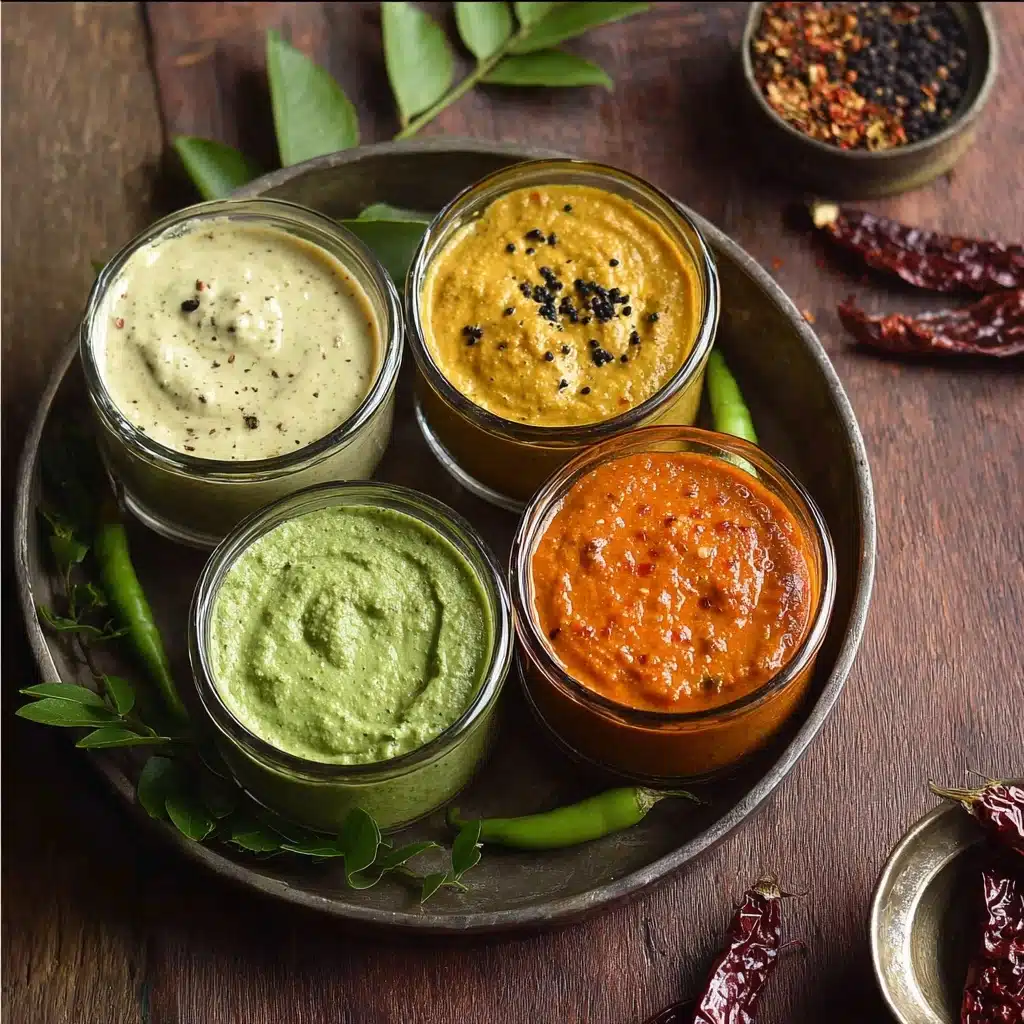
Garnishes
Adding a garnish can turn your chutney from good to spectacularly inviting. Think of finely chopped cilantro, a sprinkle of roasted cumin powder, or a pinch of fresh grated coconut on top to enhance visual appeal and add a burst of extra freshness or crunch.
Side Dishes
Chutneys pair beautifully with a wide range of dishes such as crispy dosas, fluffy idlis, steaming hot rice, or even as a zesty dip for snacks like samosas and pakoras. They provide just the right balance of tang, heat, and freshness to complement and uplift these staples.
Creative Ways to Present
Serve chutney in small charming bowls alongside your main dishes or as part of a vibrant Indian thali plate. You can also drizzle some over grilled meats or roasted vegetables for a punch of flavor or use it as a spread on sandwiches and wraps for an exotic twist.
Make Ahead and Storage
Storing Leftovers
Any leftover chutney should be stored in an airtight container in the refrigerator. It usually stays fresh for up to 3-4 days, allowing you to enjoy the delightful flavors without rushing to finish it immediately.
Freezing
Chutneys freeze well, especially the coconut and peanut varieties. Spoon them into freezer-safe containers or ice cube trays for portion control. Freeze for up to a month, and thaw overnight in the refrigerator before use — the flavors hold up remarkably well.
Reheating
Generally, chutneys are served cold or at room temperature, but if you prefer them warm, heat gently on the stovetop or microwave. Avoid overheating as it can alter the fresh flavors and texture you worked so hard to achieve.
FAQs
Can I make chutney without tamarind?
Absolutely! Tamarind adds a tangy note, but you can substitute it with lemon juice or omit it entirely for a different but equally delicious flavor profile in your chutney.
What if I don’t have fresh coconut available?
Frozen grated coconut works just fine, or you can use desiccated coconut soaked briefly in water to soften. Fresh coconut always provides the best texture and taste, though.
How spicy is this chutney?
The heat level depends on the amount and type of chilies used. You can adjust green chilies and dry red chilies to your liking from mild to fiery.
Is tempering necessary for chutneys?
While it’s optional, tempering elevates chutney by adding aromatic flavors and a slight crunch, making the overall experience richer and more authentic.
Can chutney be used in dishes other than as a side?
Definitely! Chutneys can be a versatile ingredient—mix them into dressings, marinades, sauces, or even use them to add flair to scrambled eggs or grilled dishes.
Final Thoughts
Now that you’ve learned exactly how to make chutney, you can bring endless variety and flavor to your meals with little effort but lots of love. These vibrant, fresh, and comforting chutneys are not just sauces—they’re a celebration of simple ingredients coming together in perfect harmony. So go ahead, experiment, and make chutney part of your everyday culinary adventure. Your taste buds will thank you!
Print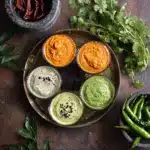
How to make chutney Recipe
- Total Time: 25 minutes
- Yield: 4 servings 1x
- Diet: Vegetarian
Description
This recipe guide offers step-by-step instructions to prepare multiple variations of Indian-style chutneys, including coconut, coriander, tamarind, tomato-peanut, and garlic chutneys. Each chutney is blended to a smooth paste and finished with a flavorful tempering of mustard seeds, dry red chilies, and curry leaves, making these chutneys a perfect accompaniment to various Indian dishes.
Ingredients
Chutney I, II, III, IV Ingredients
- 2/3 cup Coconut, grated
- 2 Green chilies
- 4 sprigs Cilantro or Coriander leaves
- 1/2 cup Water
- 1/4 tsp Salt
- 20 sprigs Coriander leaves or Cilantro
- 1/2 tsp Tamarind (or small ball)
- 1 tbsp Coriander seeds
- 4 Dry red chillies
- 6 Mint leaves
- 2 Garlic cloves
- 1 inch Ginger slice
Tomato Peanut Chutney Ingredients
- 1 tbsp Oil (preferably coconut oil)
- 1/2 tsp Cumin seeds
- 5 Dry red chilies
- 6 Garlic cloves, chopped roughly
- 1 tbsp Dalia or Hurigadale or Putani (cracked wheat or similar)
- 1/4 cup Peanuts or Groundnut
- 1/4 cup Coconut, grated or chopped
- 1 Tomato, cut into cubes
- 1/2 cup Water
- 1/4 tsp Garam masala powder
- 1/4 tsp Salt
Tempering Ingredients for All Chutneys
- 1 tbsp Oil
- 1 tsp Mustard seeds
- 5 Curry leaves
- 1 Dry red chile, broken
Instructions
- Prepare the Chutney Base: In a mixie jar or blender, combine the grated coconut, green chilies, coriander leaves, tamarind (if applicable), coriander seeds, dry red chilies, mint leaves, garlic, ginger, water, and salt as per the chutney variation you’re making. Blend all ingredients until you achieve a smooth paste. Adjust water and salt according to taste.
- Make Tomato Peanut Chutney: Heat oil in a pan over medium heat. Add cumin seeds and allow them to splutter. Then add dry red chilies and chopped garlic; sauté for a few seconds until fragrant. Add dalia, peanuts, and roast on medium heat until golden and aromatic. Transfer this mixture along with grated coconut, chopped tomato, water, salt, and garam masala powder to the blender. Grind everything to a smooth paste.
- Prepare Tempering: In a small pan, heat oil over medium heat. When hot, add mustard seeds and wait for them to splutter. Then add broken dry red chili and curry leaves. Sauté for a few seconds to release flavors and immediately turn off the heat.
- Combine and Serve: Pour the prepared tempering over the blended chutney and mix well. Transfer to a serving bowl and serve fresh as an accompaniment to Indian meals like dosa, idli, rice, or snacks.
Notes
- You can adjust the level of spiciness by reducing or increasing the number of green chilies or dry red chilies.
- Use fresh and good quality grated coconut for the best flavor.
- Tamarind can be substituted with lemon juice if unavailable, but this will alter the taste slightly.
- The tempering step is essential for enhancing the aroma and flavor of all chutneys.
- Store leftover chutney in an airtight container in the refrigerator for up to 2 days.
- For a vegan option, ensure the oil used is plant-based, such as coconut or vegetable oil.
- Prep Time: 10 minutes
- Cook Time: 15 minutes
- Category: Condiment
- Method: Blending and tempering
- Cuisine: Indian
Nutrition
- Serving Size: 2 tablespoons
- Calories: 70 kcal
- Sugar: 2 g
- Sodium: 150 mg
- Fat: 5 g
- Saturated Fat: 3.5 g
- Unsaturated Fat: 1.5 g
- Trans Fat: 0 g
- Carbohydrates: 6 g
- Fiber: 2 g
- Protein: 1.5 g
- Cholesterol: 0 mg
Keywords: chutney recipe, Indian chutney, coconut chutney, tomato peanut chutney, coriander chutney, tempering, Indian condiment

